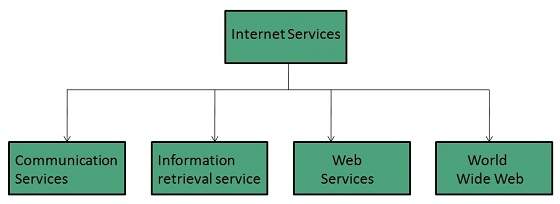Our quest for faster and simpler transportation will always be a Journey and not a destination. One of the trending and sought-after modes for an individual is a Hoverboard. They are self-controlling two-wheelers which run on batteries (Well, most of them). These dumbbell look-alike Hover boards first appeared in the “Back to the Future” in 1989 but they came into existence and became popular few years back. Even though the Hoverboards in use today can’t “Hover”, they are very interesting when it comes to understanding the application of various sensors. They are also called Self-Balancing Scooters.
How Hoverboard works?
Hoverboards are built in such a way that each of the wheels has its own Gyroscope, Tilt and speed sensor. They are generally placed below the frame where rider places the feet. Once the rider places the feet on the board, Gyroscope provides data to the logic board when the rider tilts ahead or backward. When the rider is not tilting, the IR sensor, which is positioned below the Foot placement, gives data to the logic board to not move and not run the motor. This how they sense the pressure on the foot pads and move these self-balancing scooters accordingly.
When tilted in a particular direction (ahead or backward, depending on the Hover board) to a defined angle, the data from gyroscope is relayed to logic board to run the motor which allows wheels to rotate and the rider moves ahead. More tilt will give you more speed.
Each wheel is compliant with its own gyroscope in order to make turns. For a left turn the rider will move the right leg ahead, which will move only the right wheel, keeping the motor of the left wheel off and a left turn will be carried out. Similarly for right turn, left feet should be moved ahead for the tilt. In order to move in circles, tilt anyone leg ahead. It is not very productive but it is fun J
IR Sensors are very common sensors which uses Infrared rays in order to get the reflected data from the object to measure its presence and distance from the sensor which can be used for many applications.
The tilt and speed sensors measure the speed of the wheels in motion in rpm (Revolutions per minute) and send the data to gyroscope and logic board in order to control the speed.
The Logic Board is like the Central Processing Unit of Hover Board. This Logic board has Microprocessor as main component. It sends and receives data from all sensors, sends the processed data with its logic to the motors for the required movement which provides continuous adjustments, giving you a balancing and centered vehicle. It also manages the power from the batteries and also takes care that it doesn’t burn out.
Battery packs are readily available and there are various choices available for this component but most commonly used battery for this application is a 36V 4400mAH battery. You can also make your own battery pack using the battery of an old Laptop (Although, it is not recommended as you’ll need to handle it with utmost care!)
 Web Services
Web Services 























